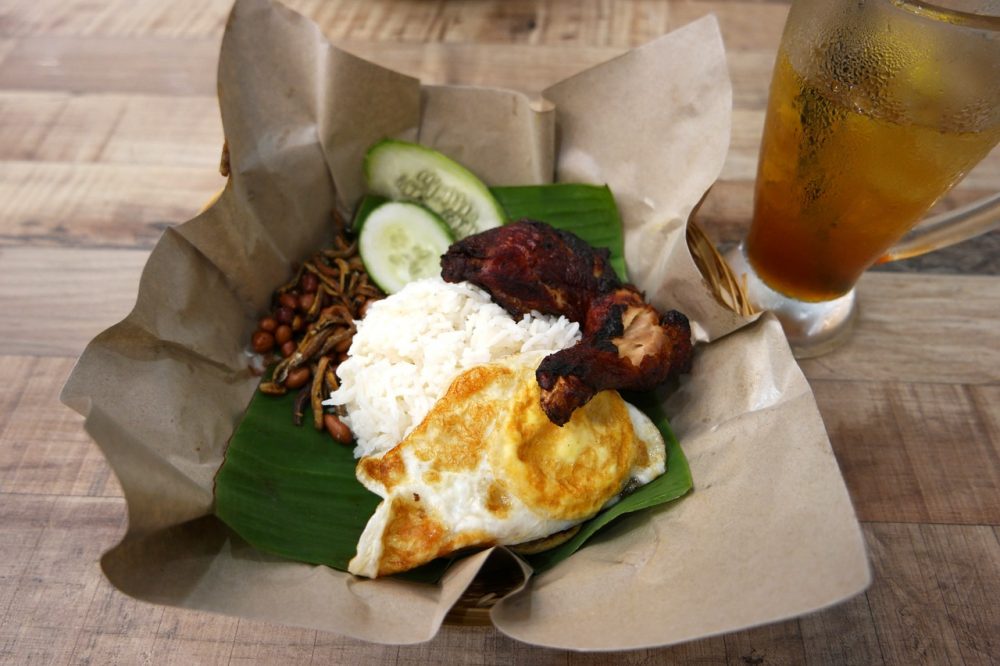Existing food studies have mainly focused on food choice motives (Prescott, Young, O’Neill, Yau, & Stevens, 2002; Sun, 2008) and perception of a specific food industry (Park, 2004; Ryu, Han, & Jang, 2010) or product (Barrena & Sánchez, 2013; Chen, 2008). Luomala (2007) and Brown, Edwards, and Hartwell (2010) have investigated the meanings of food, but their interpretations are based on a Western context, hence the Asian perspective remains unchartered. Adding to this dearth of understanding of Asians and their constructions of the meanings of food is how food practices in societies that have similar cultural backgrounds differ. For example, while Prescott et al. (2002) asserted that Taiwanese and Malaysian Chinese share similar food choice motives (i.e., health, natural content, weight control, and convenience) because of their similar cultural origin, Chang, Kivela, and Mak (2010) revealed that Chinese tourists from different regions (i.e., mainland China, Hong Kong, and Taiwan) have distinct levels of acceptance of local cuisine when traveling in Western destinations. In short, our knowledge of how food differs for individuals within the same culture remains limited, even when studies in other disciplines have delineated differences between them that point to significant implications (Fam & Waller, 2003; Tse, Belk, & Zhou, 1989). Furthermore, these similarities and differences of food perceptions are likely to evolve over time and generations (Wu & Tan, 2001) and are mediated by social class, social process, intercultural contacts, and local adaptation. The present study therefore extends prior research by comparing how Malaysian Chinese and Taiwanese consumers perceive food and eating by using an in-depth qualitative approach, with an aim to search for an answer regarding to what extent Chinese food values are shared by these two Chinese societies after years of acculturation. This study aims to compare the similarities and contrast the differences between the Chinese in Malaysia and Taiwan in terms of the meanings of food and eating.
Please click here to read the full article by Griffith Institute for Tourism member Dr Catheryn Khoo-Lattimore with Elaine Chiao Ling Yang and Mun Yee Lai.
